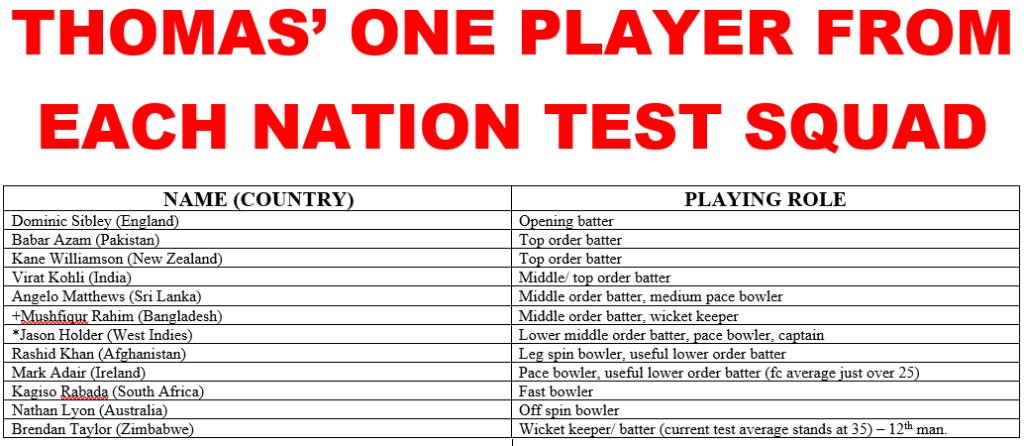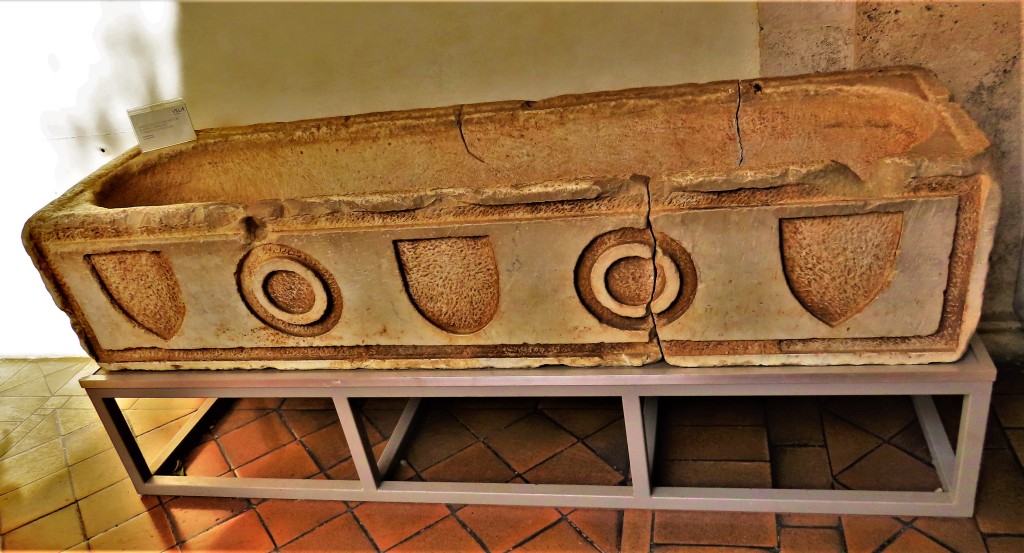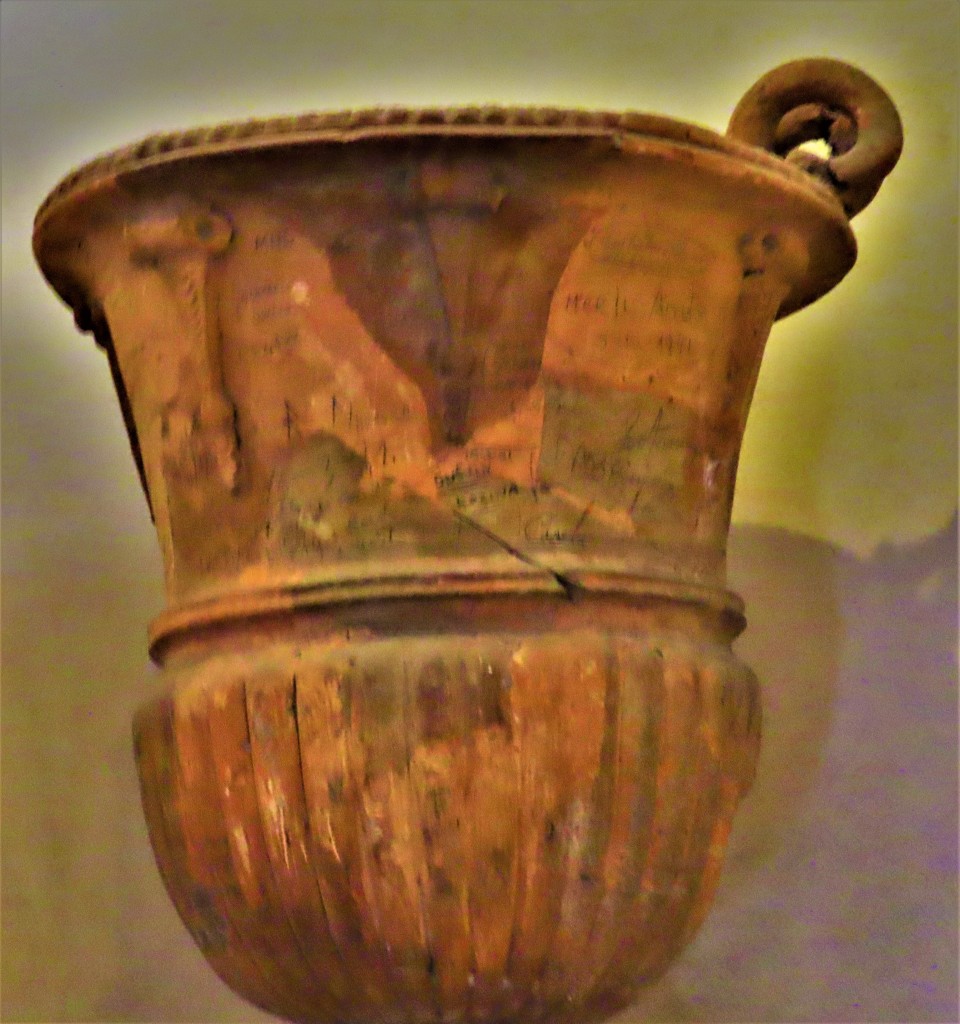From the beginning of the first of these matches to the end of the third a grand total of 31 and a quarter hours elapsed. Before I get in my detailed coverage of each game I have one other thing to do…
SHARE YOUR BLOG
The wonderful Phoebe MD has once again offered people a chance to share their blogs with a wider audience. Please visit the post here, post a link to a post or posts from your own blog, and check out the links others have posted.
GAME 1: AUSTRALIA V INDIA
This one was a 50 overs per side runfest notable also for the spectacularly slow over rate – from the start of coverage on the radio to the final delivery over nine hours elapsed. Australia batted first, and Aaron Finch and Steve Smith each ran up centuries, while Glen Maxwell produced a spectacular cameo at the end. This left Australia with 374 to defend, as only Mohammad Shami among India’s bowlers managed to exercise any kind of control over the scoring rate.
India began the chase brightly, helped by some early waywardness on the part of Mitchell Starc, but then Josh Hazlewood took three wickets in very rapid succession, and although they continued to score at a decent rate India never really got back into the contest. Leg spinner Adam Zampa picked up four wickets as India got desperate.
Australia ended up with a comfortable victory and India looked to be lacking depth in both batting and bowling – they had only five regular bowlers at their disposal, and the fifth wicket pair were faced with the double challenge of maintaining a rapid run rate and staying together until quite deep into the innings due to a lack of batting to come.
The umpires were far too lax on time wasting, allowing Steve Smith a ridiculous number of changes of batting gloves to give just one example. I understand that some disciplinary action has been taken, but the problem will only be properly addressed if a)the umpires are absolutely rock hard on time wasting, being prepared to do things like telling Steve Smith that no he cannot have a 27th new pair of batting gloves for the innings, he must make do with his current pair, and b)failure to bowl ones allocation of overs in the allotted time is punished by a fine of runs – I suggest ten per unbowled over or twice the batting side’s scoring rate, whichever is the greater (this latter being to ensure that the measure is actually punitive).
GAME 2: SOUTH AFRICA VERSUS ENGLAND
This was a 20 overs per side match. England had to decide which of the four batters they had who habitually bat in the top three in limited overs cricket would go down the order, and they opted to place Bairstow at number four, going with a top three of Buttler, Roy and Malan (the current no1 T20 batter in the world). They also opted for only one genuine spin option, Rashid, with Moeen Ali missing out. England gave themselves two major bowling variations besides Rashid’s leg spin: the left arm of Sam Curran and the extra pace of Jofra Archer, which latter proved a doubtful asset on a slow surface. For South Africa Nortje was injured, while George Linde, a left arm spinner, was given a debut.
Morgan won the toss and chose to field first. England began very well, and after three overs SA were 12-1. The next three overs went for 45 however, so that at the end of the powerplay South Africa were 57-1 and headed for a big total. Rashid was respectably economical, but unthreatening, finishing with 0-27 from his four overs and never really looking like taking a wicket. Sam Curran was the best England bowler, taking 3-28 from his four overs. Unfortunately Tom Curran blotted the family copybook by racking up the wrong kind of half century – 55 being belted from his four overs. A final total of 179-6 was good but less substantial than it had looked like being at times.
South Africa commenced in the field by reinventing the cricketing wheel, starting with the left arm spinner Linde in partnership with Rabada, a combination of left arm slow and right arm fast that was popular a century and more ago (Kent won four county championships using Colin Blythe and Arthur Fielder, just such a combination, and Lancashire at the same period habitually used Briggs and Mold, another combination in the same mould). The bold move (especially bold given that the spinner Linde was on debut) paid an immediate dividend when Linde got Roy with the second ball of the innings. Buttler and Malan also fell cheaply, and at that stage England were well behind the rate, a situation that was still the case when Linde finished his bowling stint with 2-20 from four overs, a truly remarkable effort by the debutant. When he then caught Ben Stokes England looked in trouble. After 16 overs England had got to 129-4 with Bairstow going well, answering every question about his ability to handle batting at no4. The 17th over of the chase was the fourth and last of Beuran Hendricks’ (left arm fast medium) allocation, and he proceeded to lose his team the match. The over contained nine deliveries in total, and between the wides, one of which raced away to advance the score by five and several juicy legal offerings no fewer than 28 accrued to England, reducing a daunting looking 51 off 24 balls to a stroll in the park 23 off 18 balls. This also saw Hendricks join Tom Curran in the ‘wrong sort of half century’ club, leaving him with 0-56 from his four overs. Bairstow, appropriately given his innings, ended proceedings by hitting the second ball of the final over for six to take England to 183-5. It was also appropriate if England were to win that the other England star of the day, Sam Curran, was there at the death.
George Linde deserved better for his magnificent debut effort than to finish on the losing side, and he has my sympathy. I also feel sorry for South African skipper Quinton De Kock who made a bold move at the start of the England innings, and should have seen it bring victory. I can see no case for Hendricks playing any further part in the series. I would also look closely at the involvement of Jason Roy whose recent international form has been very poor.
Other than Hendricks the other let down of the day was the Talk Sport 2 commentary team, who failed to do justice to an excellent game.
GAME THREE – MELBOURNE STARS V SYDNEY THUNDER
This was the final of the Womens’ Big Bash League, which tournament has been very enjoyable. It also duplicated Australia’s oldest internal rivalry, the one that led to the creation of Canberra, since neither of the two biggest cities would countenance the other being named capital.
Melbourne Stars won the toss and batted first, but that win of the toss was the only thing that went right for them. Shabnim Ismail, the South African who is probably the quickest bowler in the women’s game at present, bowled one of the greatest spells in T20 history, by any bowler, either male or female. She bowled her four overs straight through at the start of the innings, finished with 2-12 and would not have been flattered by a five-for. She put Melbourne Stars firmly on the back foot, a position from which they never extricated themselves. They eventually limped to 86-9 from their 20 overs, Sammy-Jo Johnson just improving on Ismail’s figures by taking 2-11 from her four overs. Lauren Smith, an off spinner, went for 18 from two overs, but England captain Heather Knight filled in the remaining two overs, taking 1-9. The top scorer was another England star, Katherine Brunt who finished with 22 not out, just topping Annabel Sutherland’s 20.
This total of course was never remotely defensible, and Sydney Thunder won by seven wickets, with 6.2 overs to spare. There were useful contributions from Tammy Beaumont (another England star), Rachel Trenaman, Heather Knight (26 not out, the highest individual score of the day), and skipper Rachel Haynes.
Quite rightly Shabnim Ismail’s magnificent bowling earned her the player of the match award.
PHOTOGRAPHS
To finish, here are some of my photographs:






















































































































































































































































